In this post, we'll share how to play one of our favorite dice games using 6 dice: 1,000 / 5,000 / 10,000 (also known as Farkel / Farkle). Farkle can be played with any number of players (2+) and all you need is dice, scratch paper and a pen.
These are the complete rules of play, plus we'll share a free printable Farkle scoring crib sheet you can print at home.

Table of Contents
How to Play 1,000 / 5,000 / 10,000 (aka Farkel / Farkle)
Although it has many names and some variations, this is the basic version of the game that we play. More complete rules on the Wikipedia page for Farkle.
Object of the Game
The object of the game is to be the first player to score at least 10,000 points, or have the highest score above* 10,000 points (or, as the names indicate, whatever milestone the players agree to at the outset: 1,000, 5,000, etc).
*More about these two variations under Winning, below.

Game Play
- We play a variation in which all players are required to achieve a certain threshold score in their opening turn or turns, before they can begin scoring. We have always used a threshold of 500. At the beginning of a game, each player must continue throwing in their turn until they either farkle (see below) or bank a score of at least 500 points. After having reached the threshold once, they are free to stop throwing in subsequent turns whenever they choose.
- At the beginning of each turn, the player throws all 6 dice at once.
- After each throw, the player reviews the dice for scoring and sets aside one or more scoring dice (more on that in a minute), running up a cumulative total for their turn.
- One or more scoring dice must be set aside for scoring per roll.
- If there is no score possible from the newly-thrown dice, then the player has "farkled" and all cumulative points for their turn are lost.
- Once setting aside the scoring dice from their throw, the player must choose whether to end their turn ("stay") or keep rolling.
- If they stay, they bank the score accumulated so far by writing it on the scratch paper.
- If they keep rolling, they set aside the previous rolls, announce their score so far. They then pick up the non-scoring dice and roll those again in pursuit of a larger total score.
- Scores from each roll are only calculated from the newly-thrown dice.
- Once a player re-rolls, the points from the previous roll are "locked in" and cannot be added to by later rolls.
- For example, if a player rolls (3) "4's" on one roll, and rolls an additional "4" on a subsequent turn, they cannot return to their first roll and increase the score 3-of-a-kind to a 4-of-a-kind. (One "4" by itself on a subsequent roll would no points value unless part of another 3-of-a-kind or more.)
- If the player has scored on all six dice, they have "hot dice"and may continue their turn with a new throw of all six dice, continuing to add to their turn's cumulative score.
- There is no limit to the number of "hot dice" a player may roll in one turn.
- Whether they have banked a score or farkled, at the end of the player's turn, the dice are handed to the next player.
Scoring
The most-used, basic scores are:
- A single 5 is 50
- A single 1 is 100
- 3 of a kind (rolled in one throw) are 100x the face value of the number.
- For example: (3) 3's are 300, (3) 5's are 500.
- However, 1's are special. (3) 1's are 1,000!
So for example, if a player throws a 1 + 1 + 3 + 3 + 3 + 5, they could do any of the following:
- score three 3's as 300 and then throw the remaining three dice
- score the two 1's as 200 (100 x 2) and then throw the remaining four dice
- score the single 5 as 50 and then throw the remaining five dice
- score three 3's, the two 1's, and the single 5 for a total of 550 and then throw all 6 dice again as "hot dice"
- score three 3's, the two 1's, and the single 5 for a total of 550 and stay, banking 550 points in that turn
There are some additional scores for special combinations, and there are a lot of variations about this (see more variations on the Wikipedia page). We play with the following two additional score combinations:
- A full straight (1+ 2 + 3 + 4 + 5 + 6) is scored as 1,500
- Four, five and six of a kind are doubled with each additional matching die. For example:
- (3) 3's = 300 points
- (4) 3's = 300 x 2 (600 points)
- (5) 3's = 300 x 2 x 2 (1,200 points)
- (6) 3's = 300 x 2 x 2 x 2 (2,400 points)
Winning
The first player with a banked score of over 10,000 points becomes the winner (or milestone the players agreed to at the outset: 1,000, 5,000, etc).
*NOTE:We play a variation in which, after the first player reaches the milestone, every other player gets one more chance to top that player's score with an additional turn, and whoever ends with the highest score over 10,000 wins the game.
Printable Pocket-Sized Farkle / 10,000 Scoring Cheat Sheet
To easily remember these scoring rules, use our free printable "cheat sheet" for game play and personal use.
It has the basic scoring rules and when printed out at 100%, is the size of a standard business card:
Product Featured In This Blog
Inspired by the pocket games soldiers carried in WWII , our handcrafted Travel Dice are small enough to be portable and lightweight but large enough to be legible and substantial in the hand.
Made from high quality, natural materials, the (6) included dice are stored in a solid brass travel tube, secured with walnut wood, and carried with a beaded brass-plated chain that can be worn as a necklace or carried as a keychain.
It takes 6 dice to play Farkle / 10,000 and our brass tube stores exactly 6! It's an everyday carry (EDC) item sure to bring the party and fun with you to any situation.


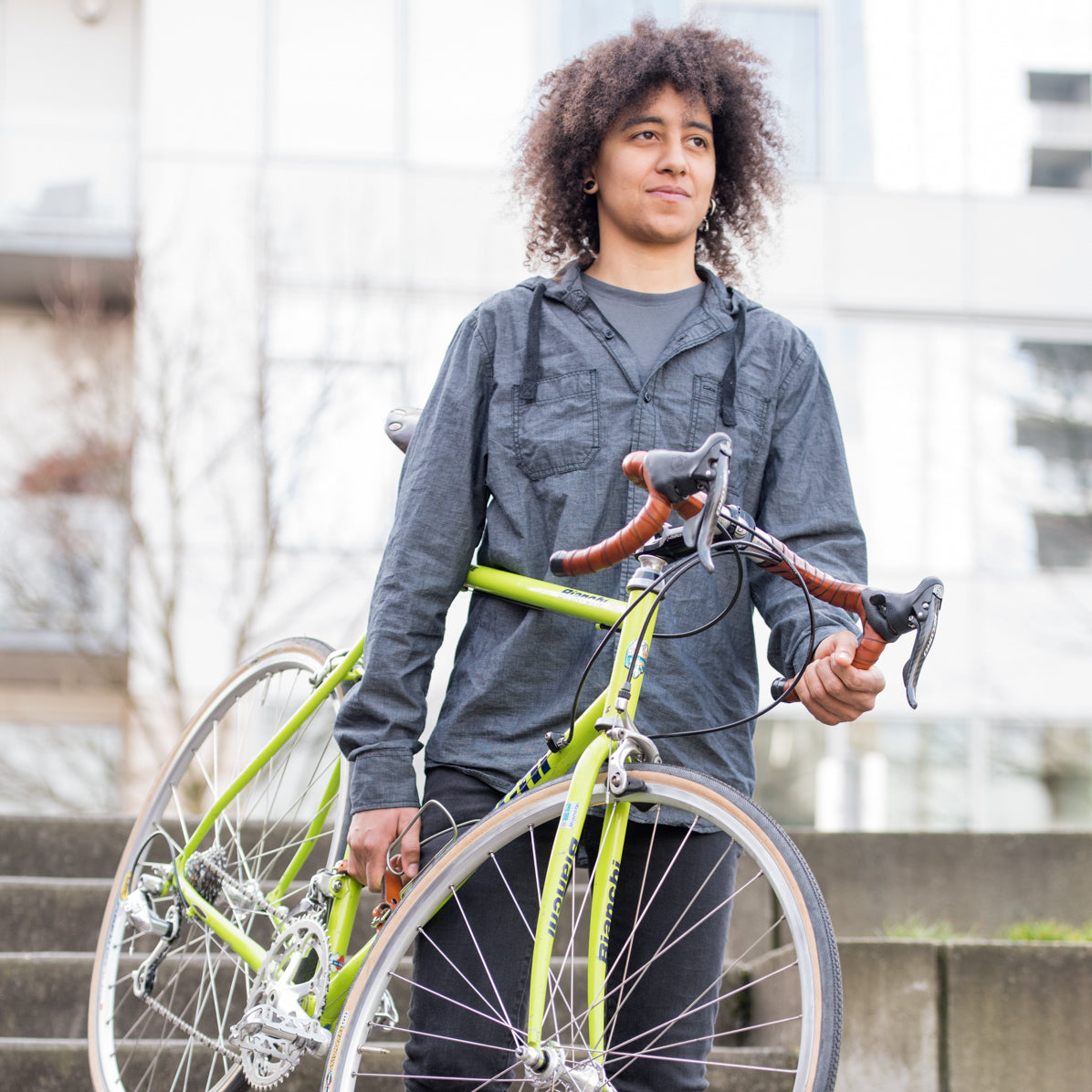
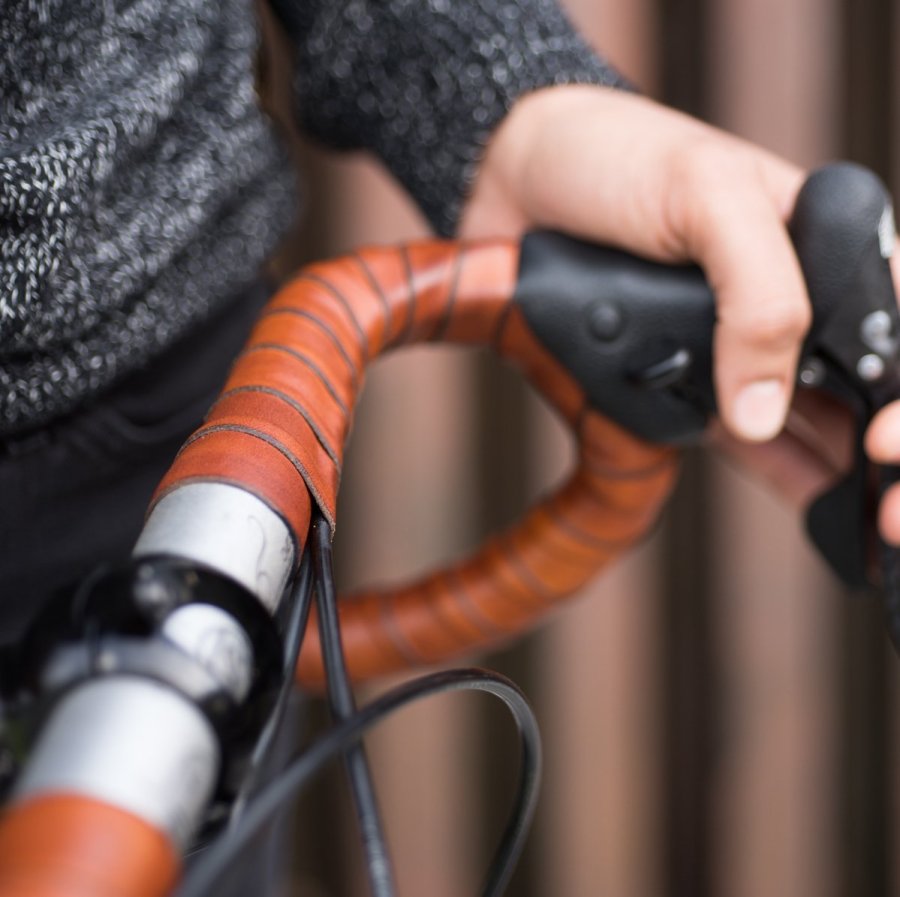
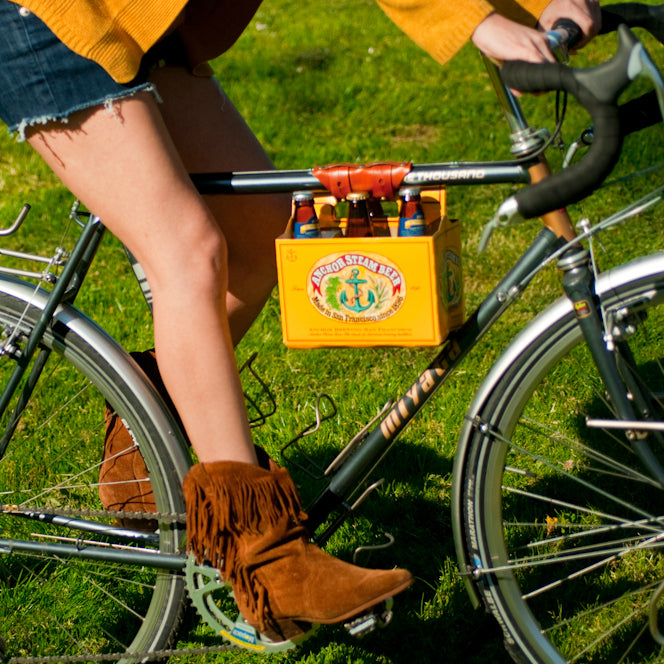
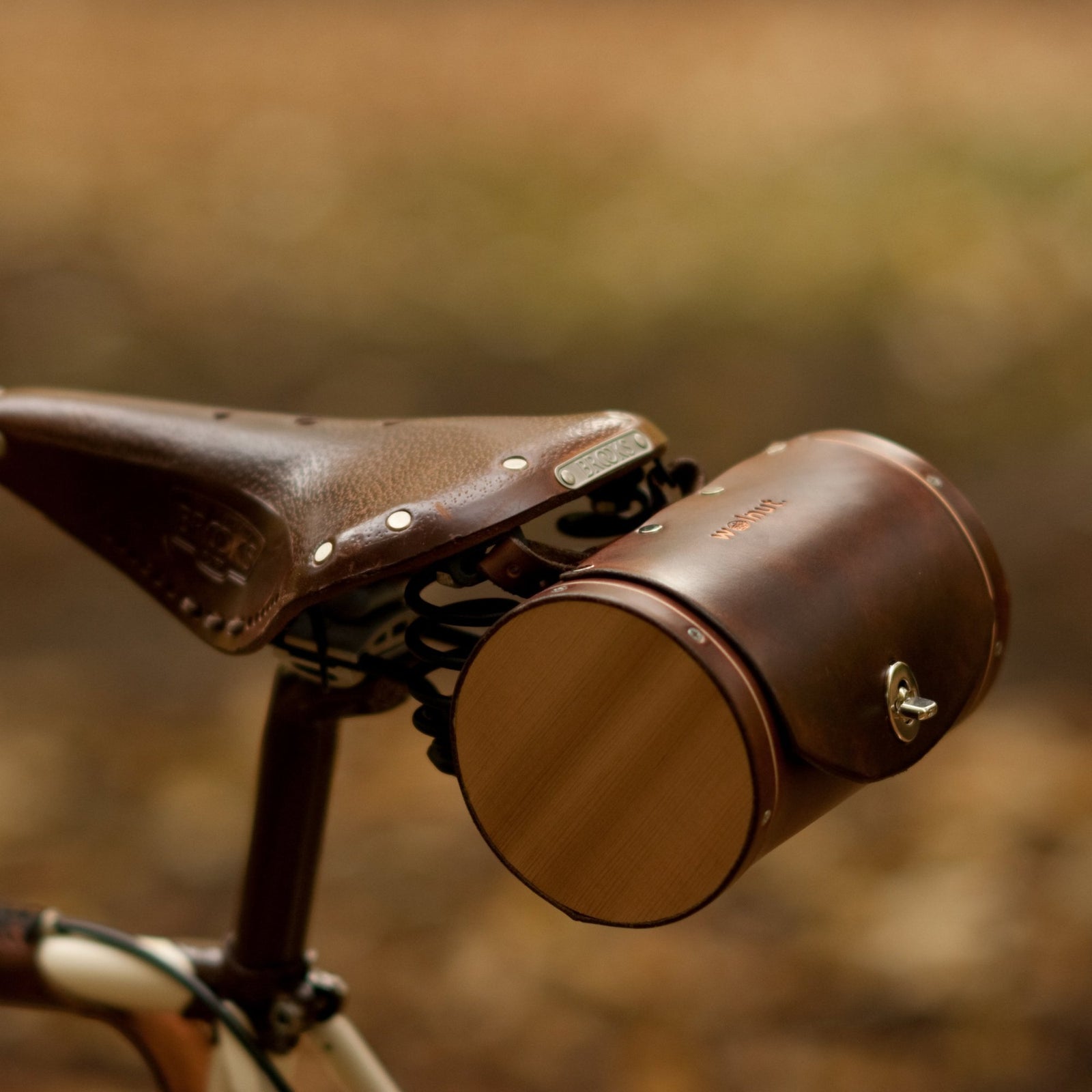
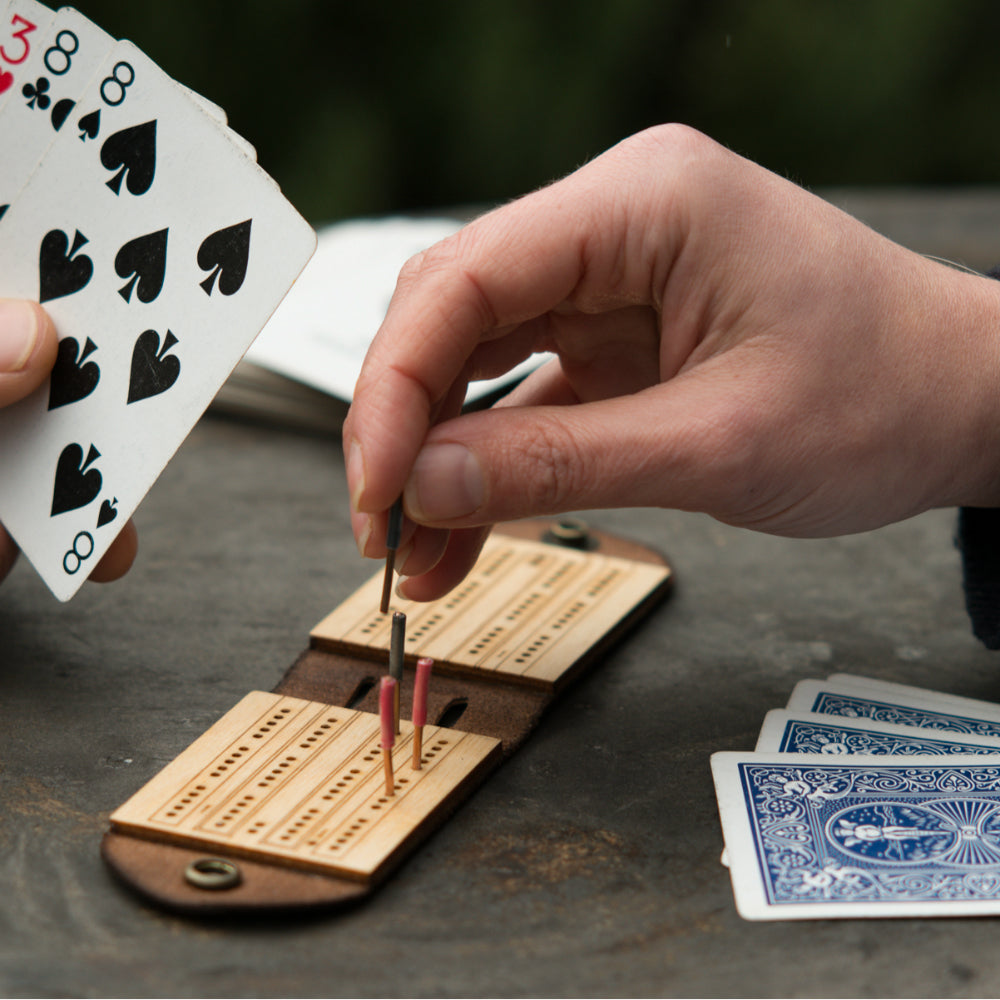
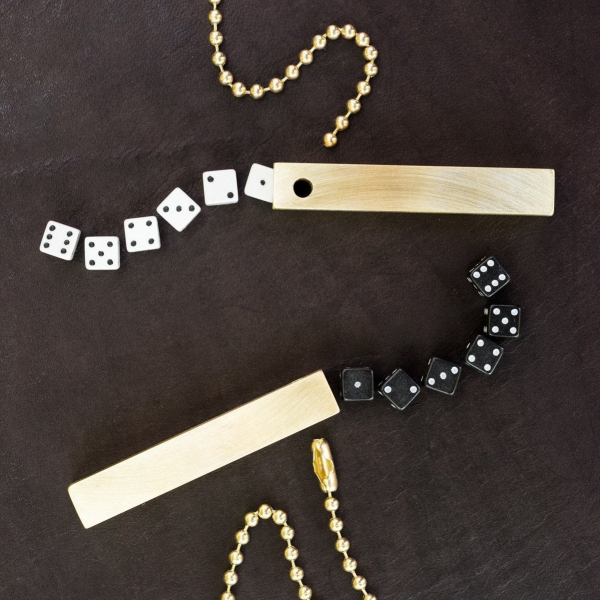
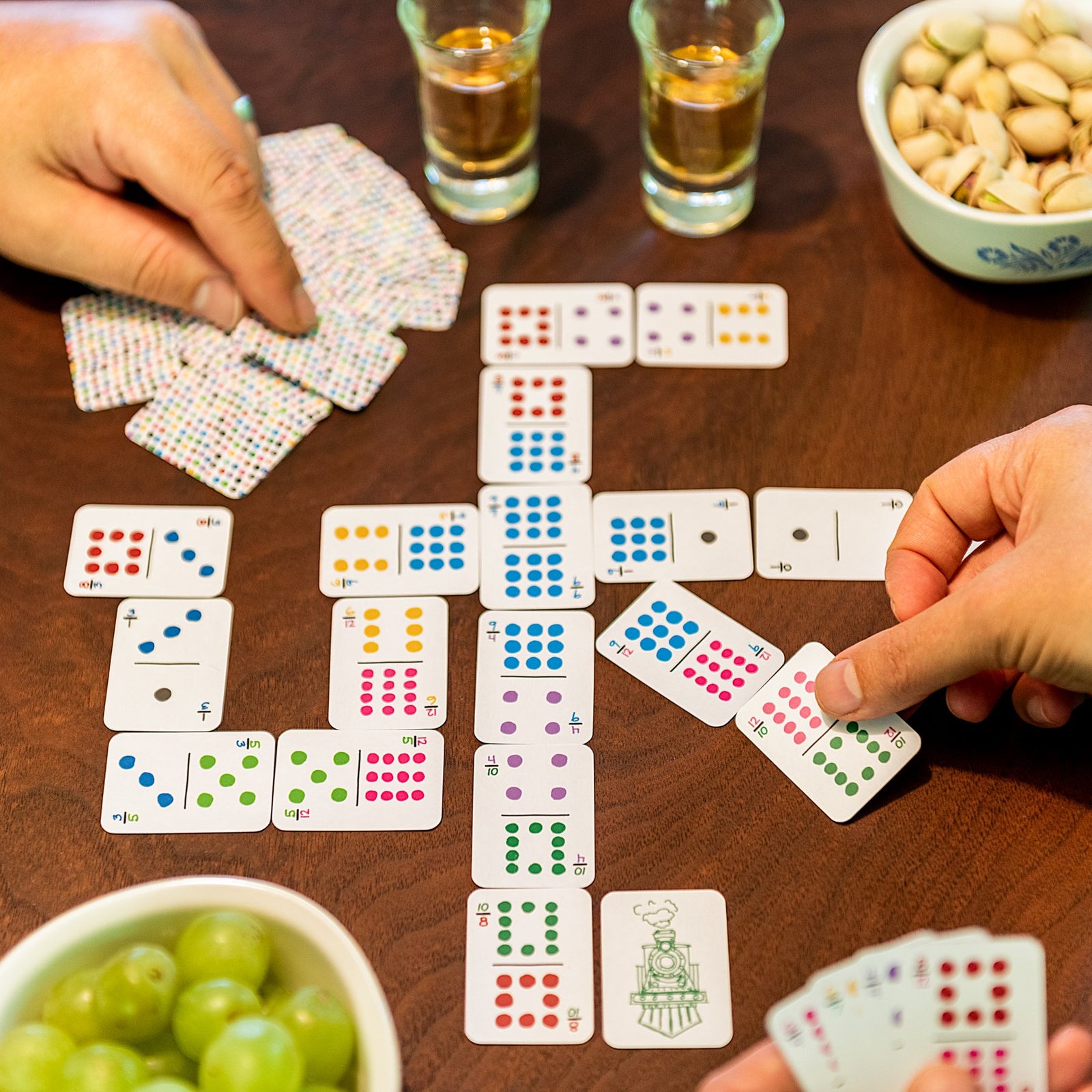
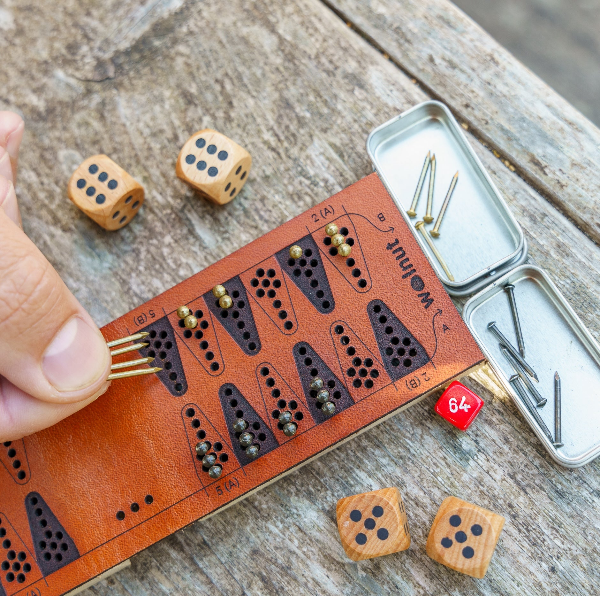
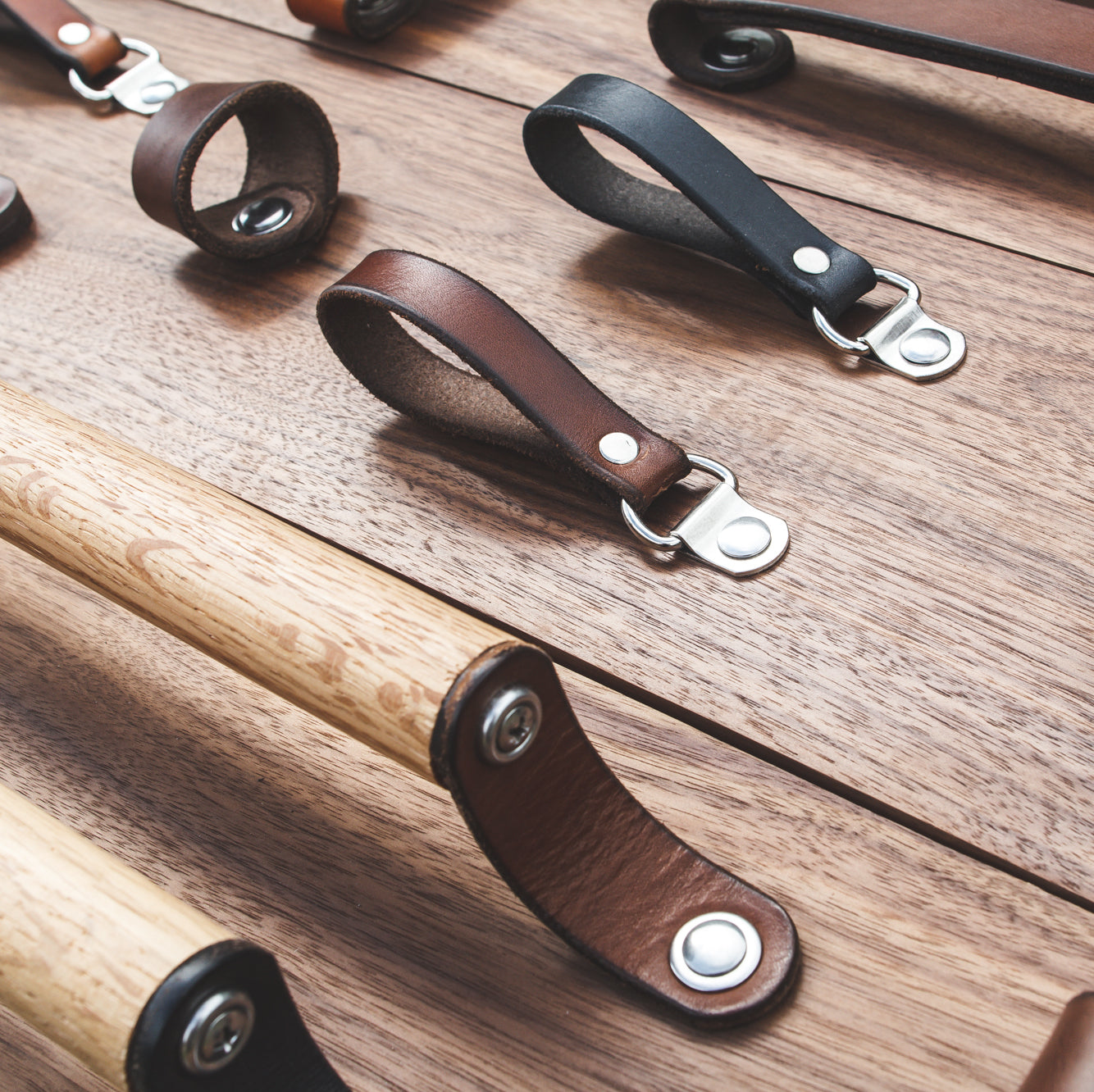
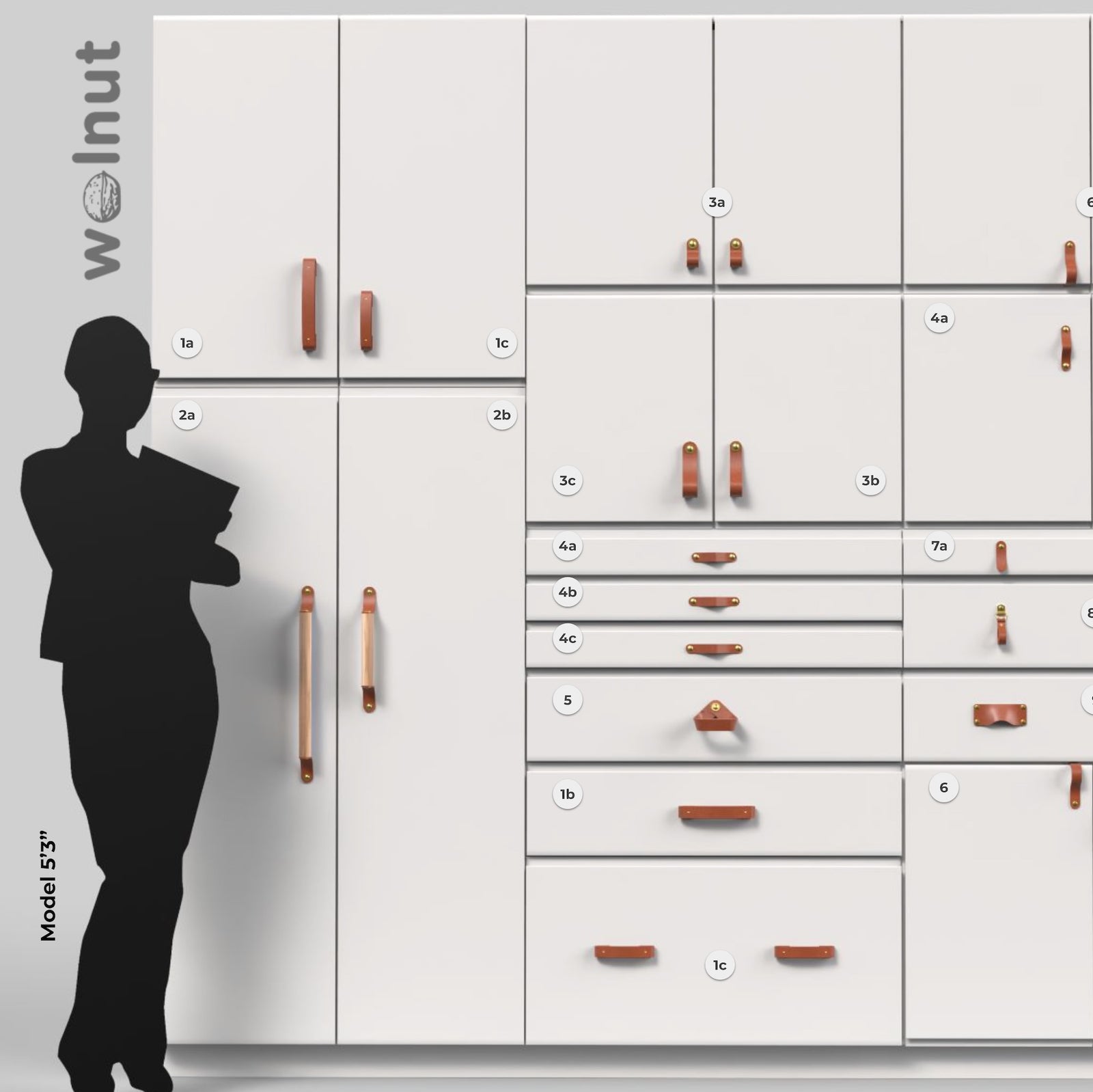
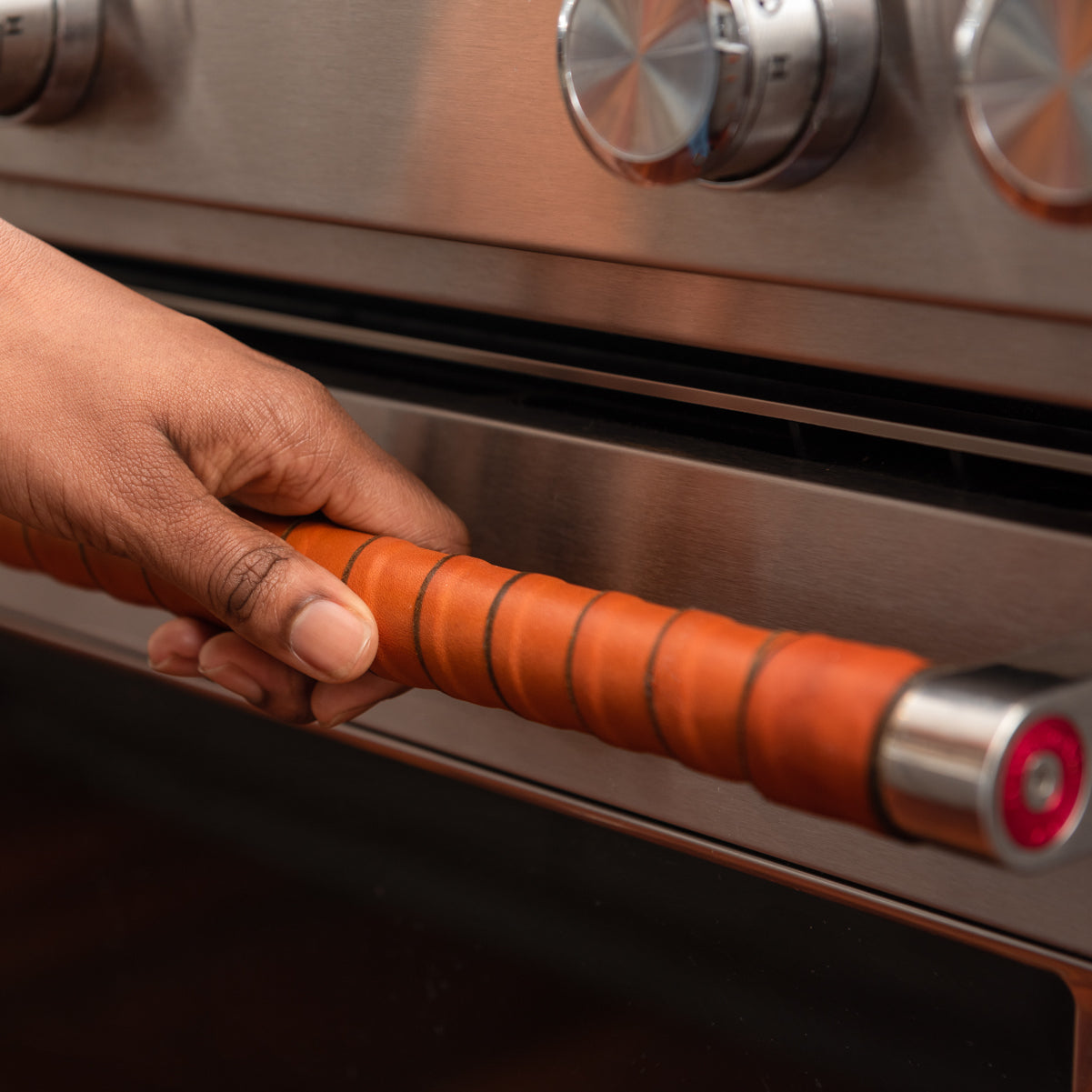
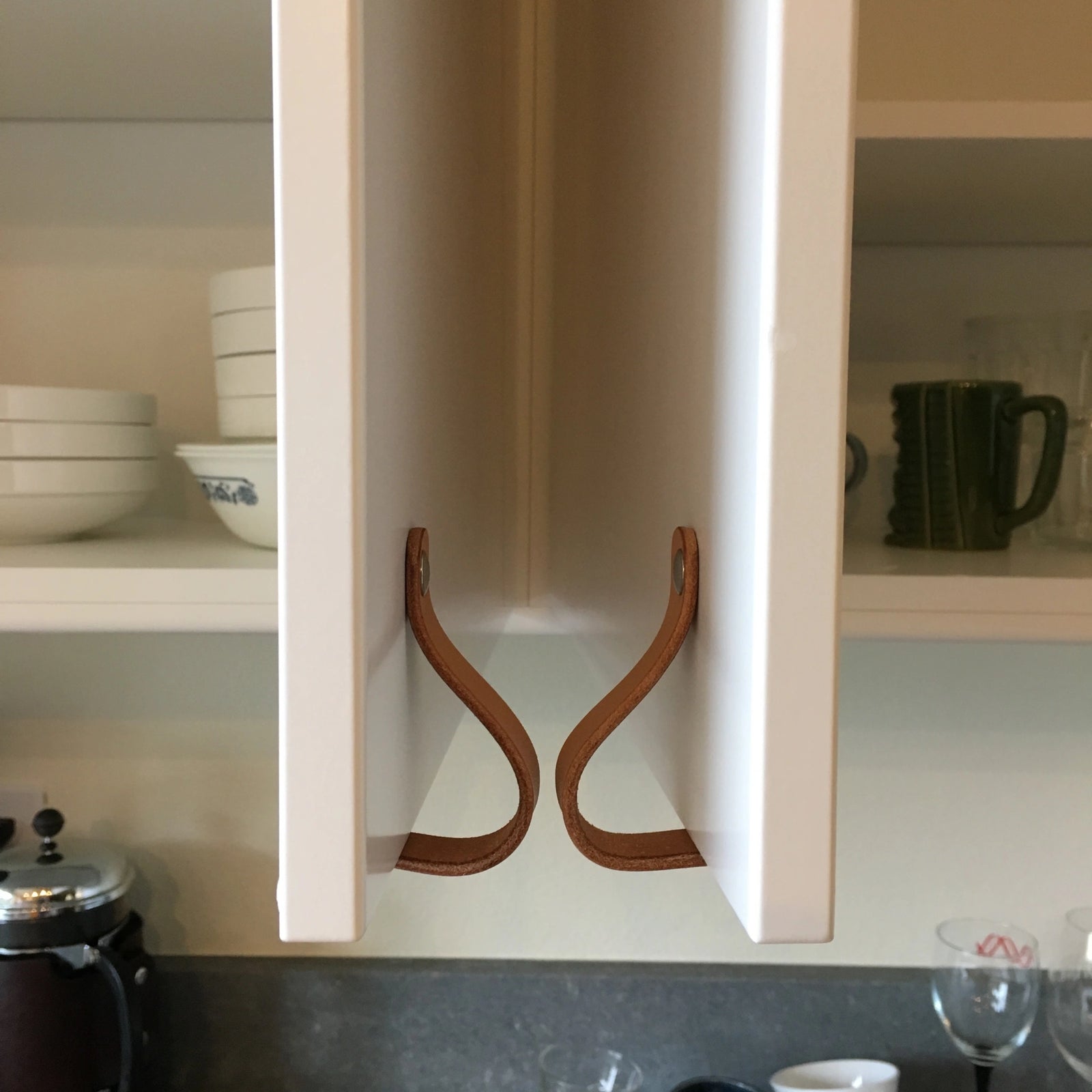

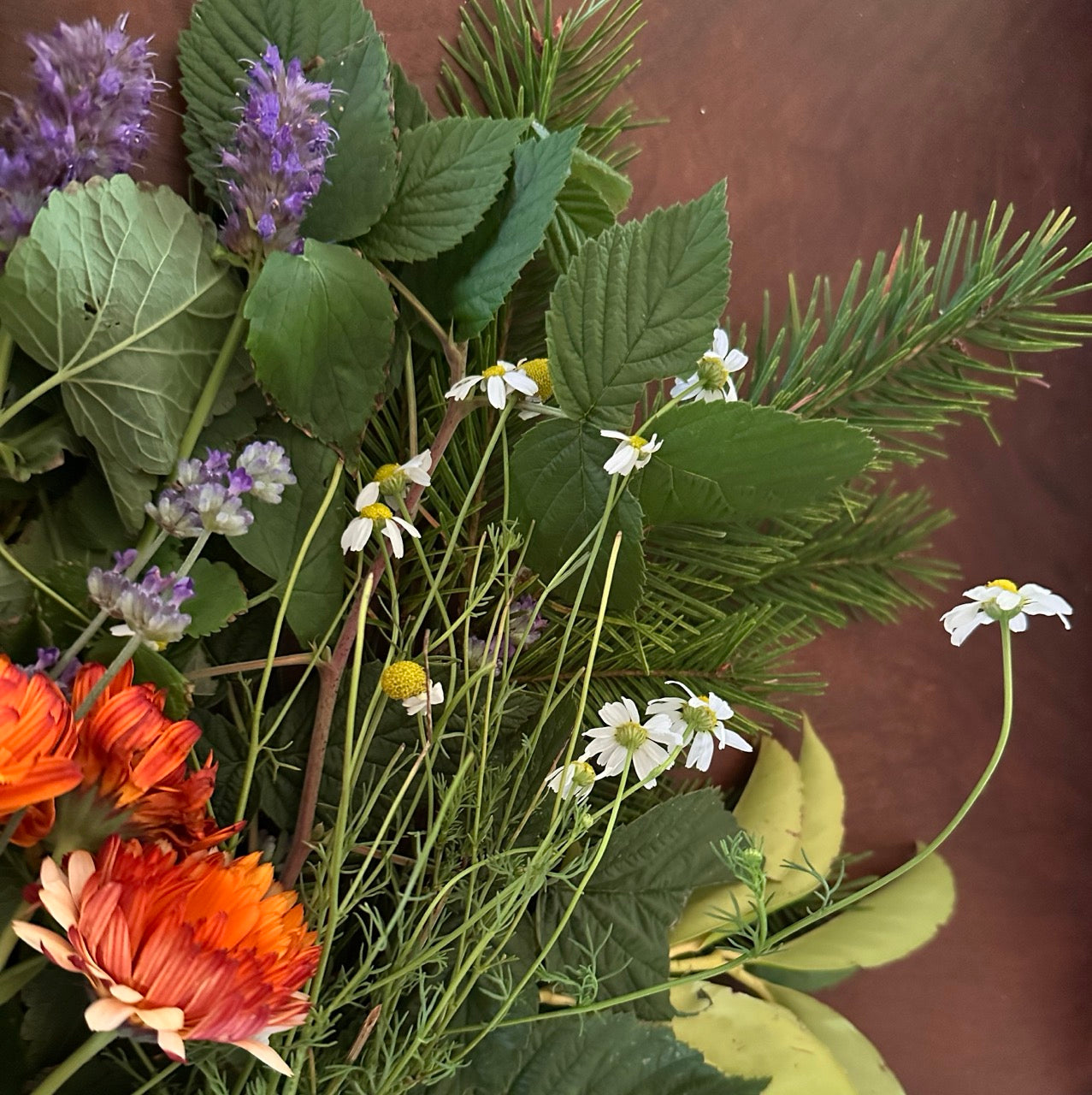
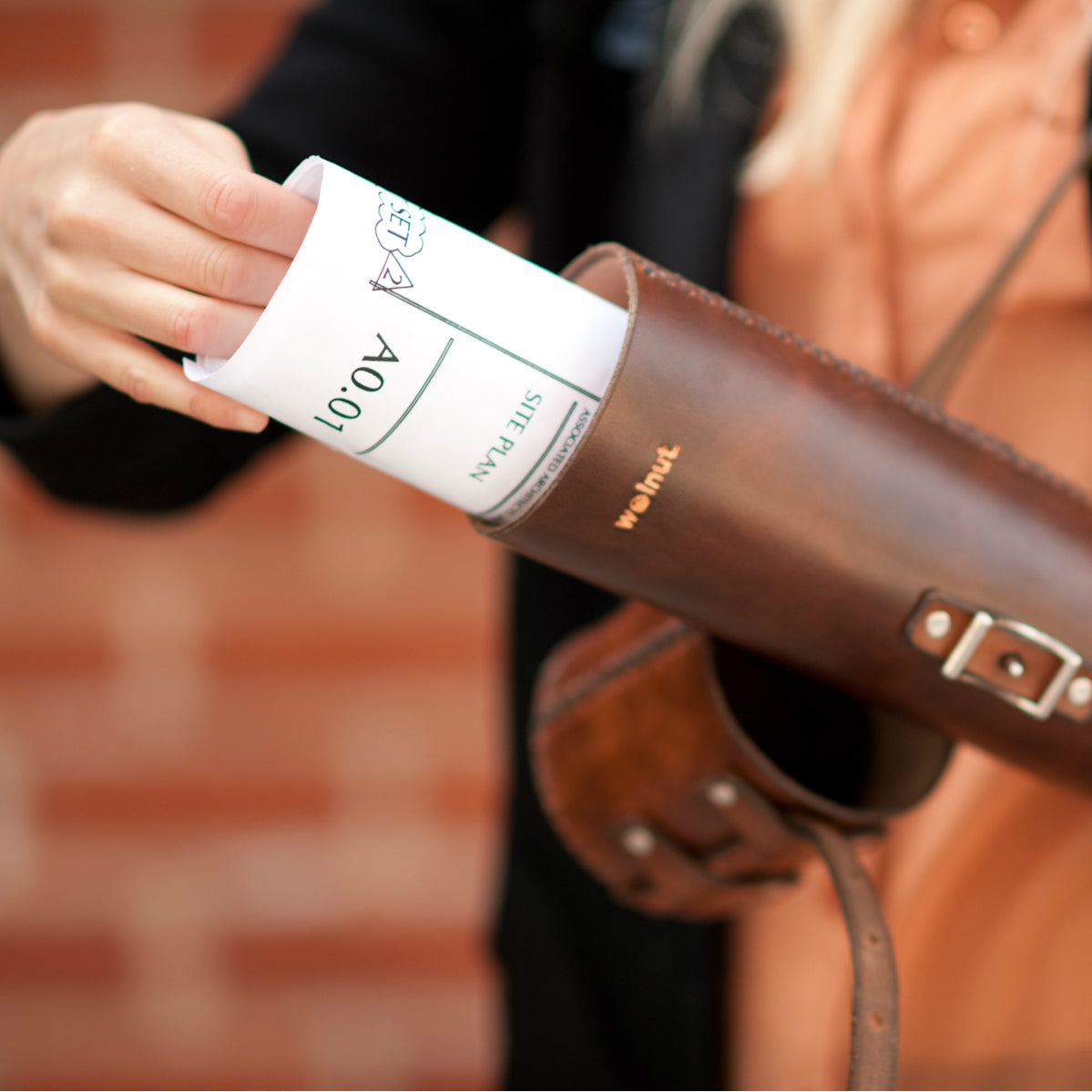
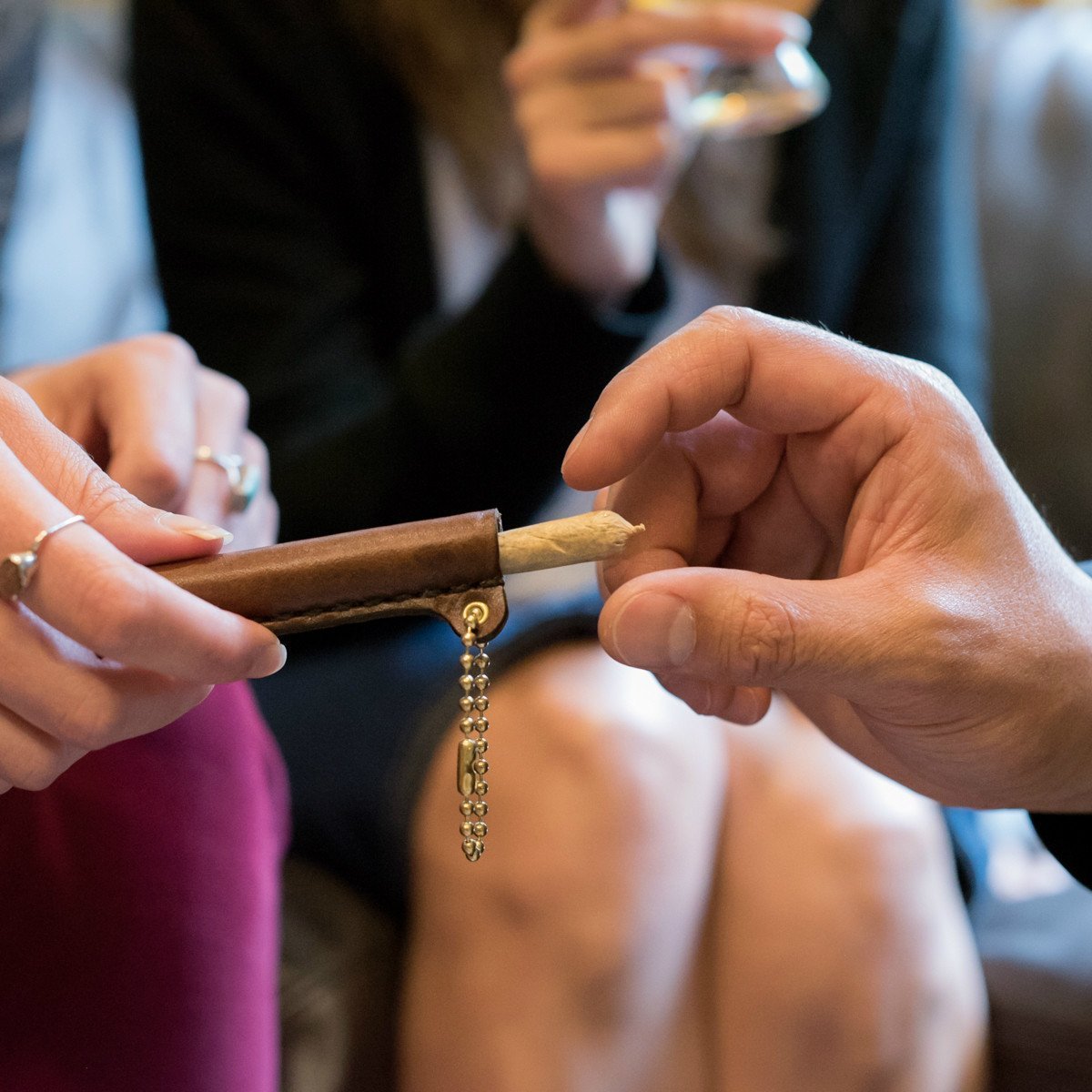
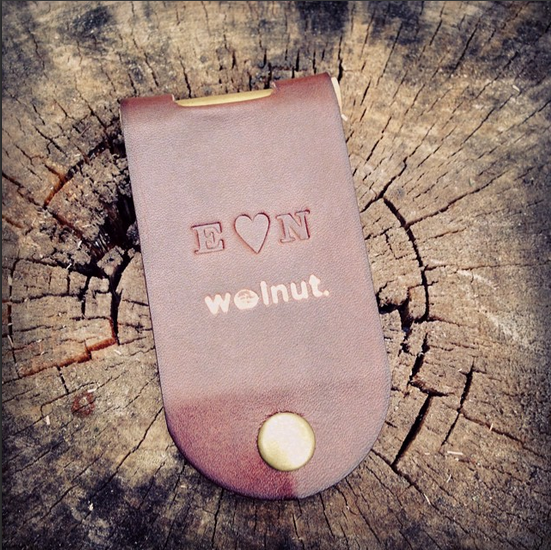
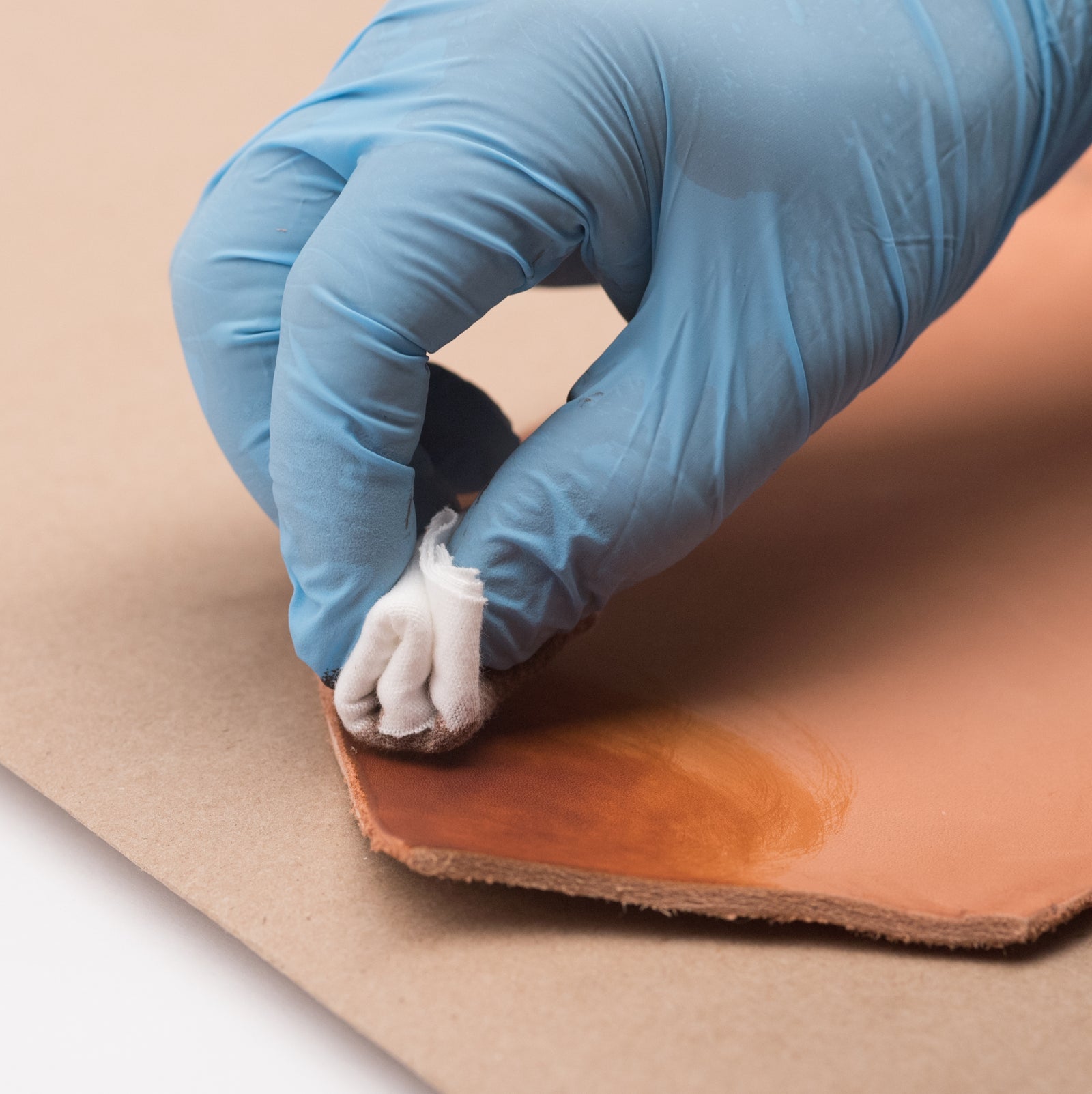

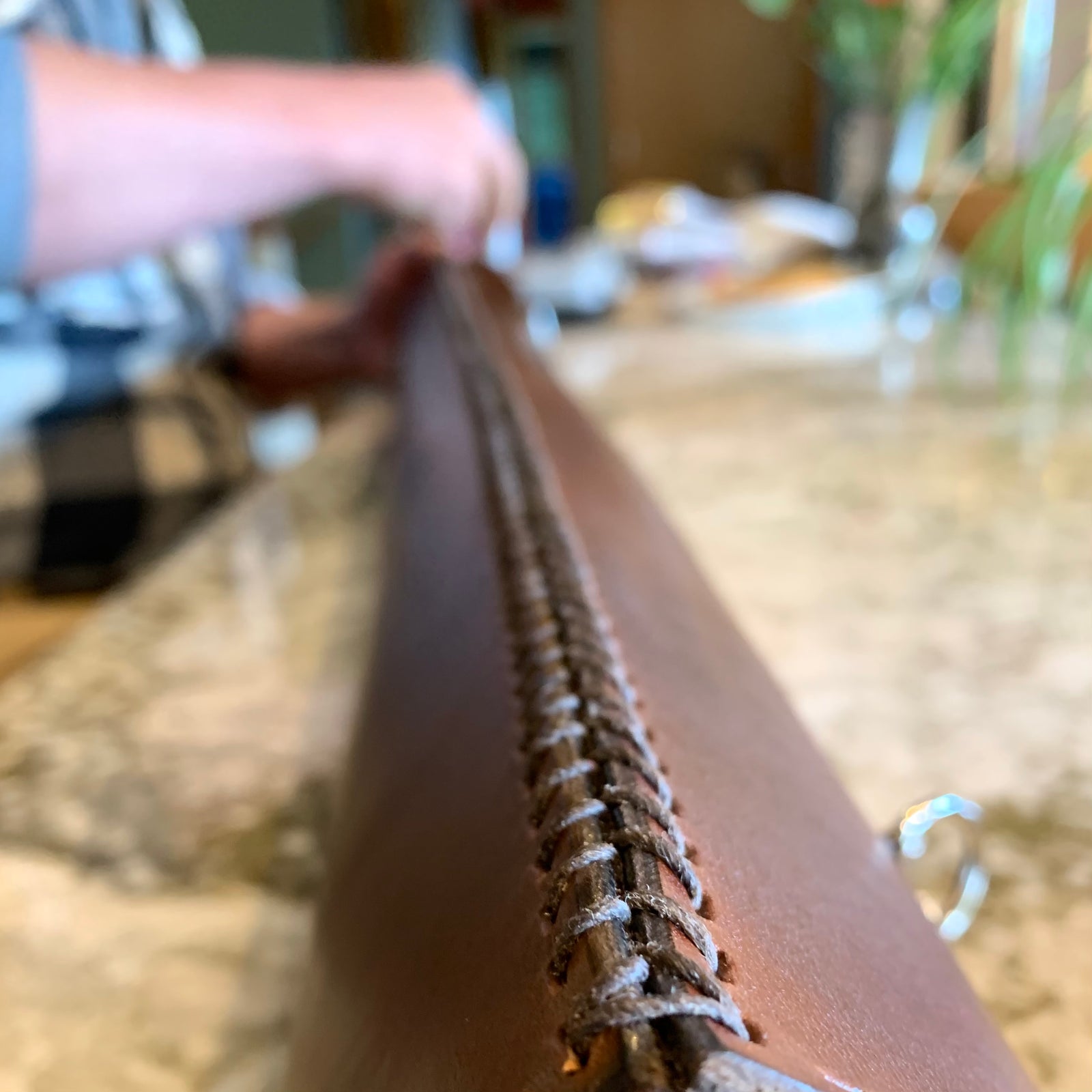
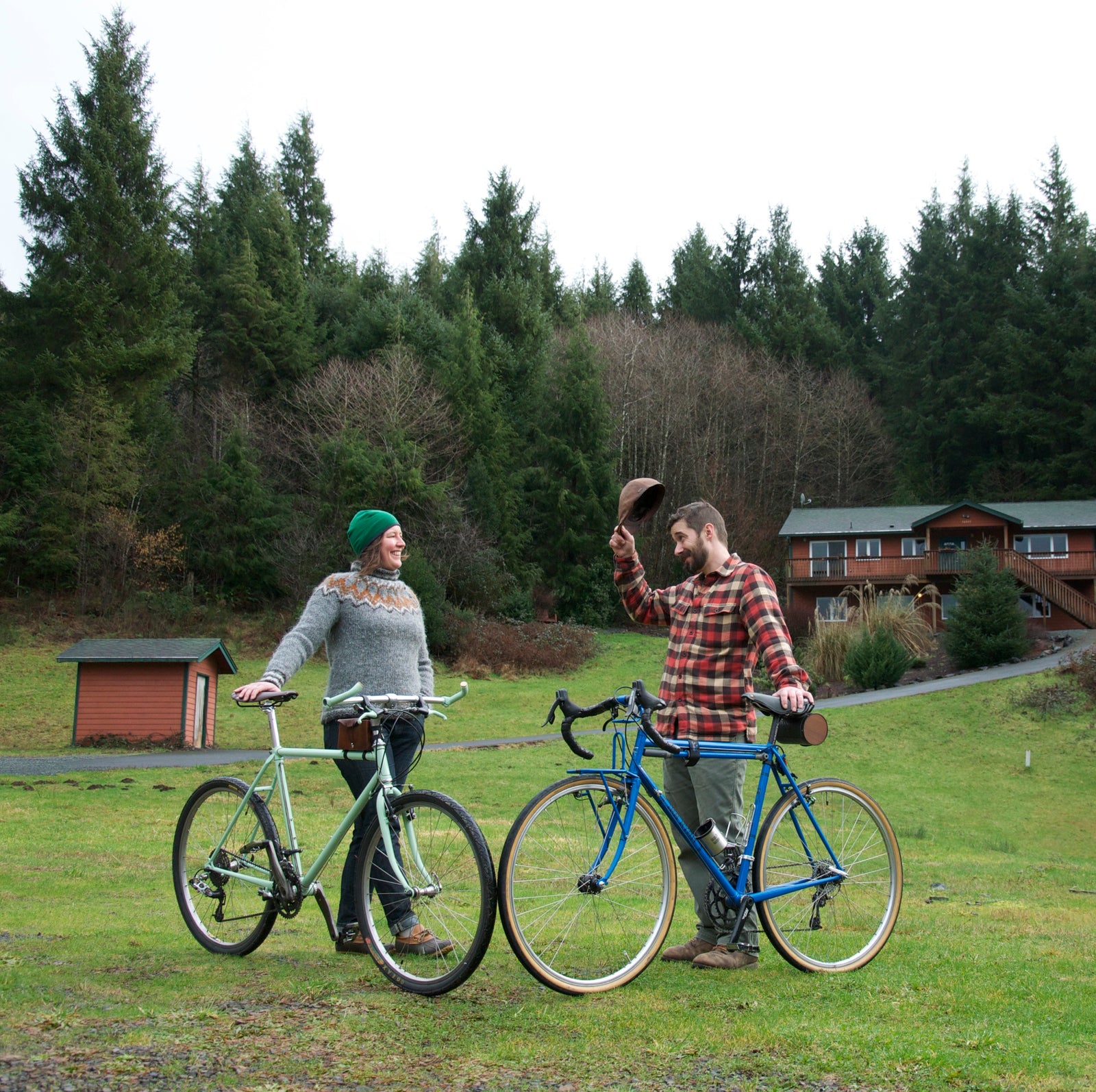
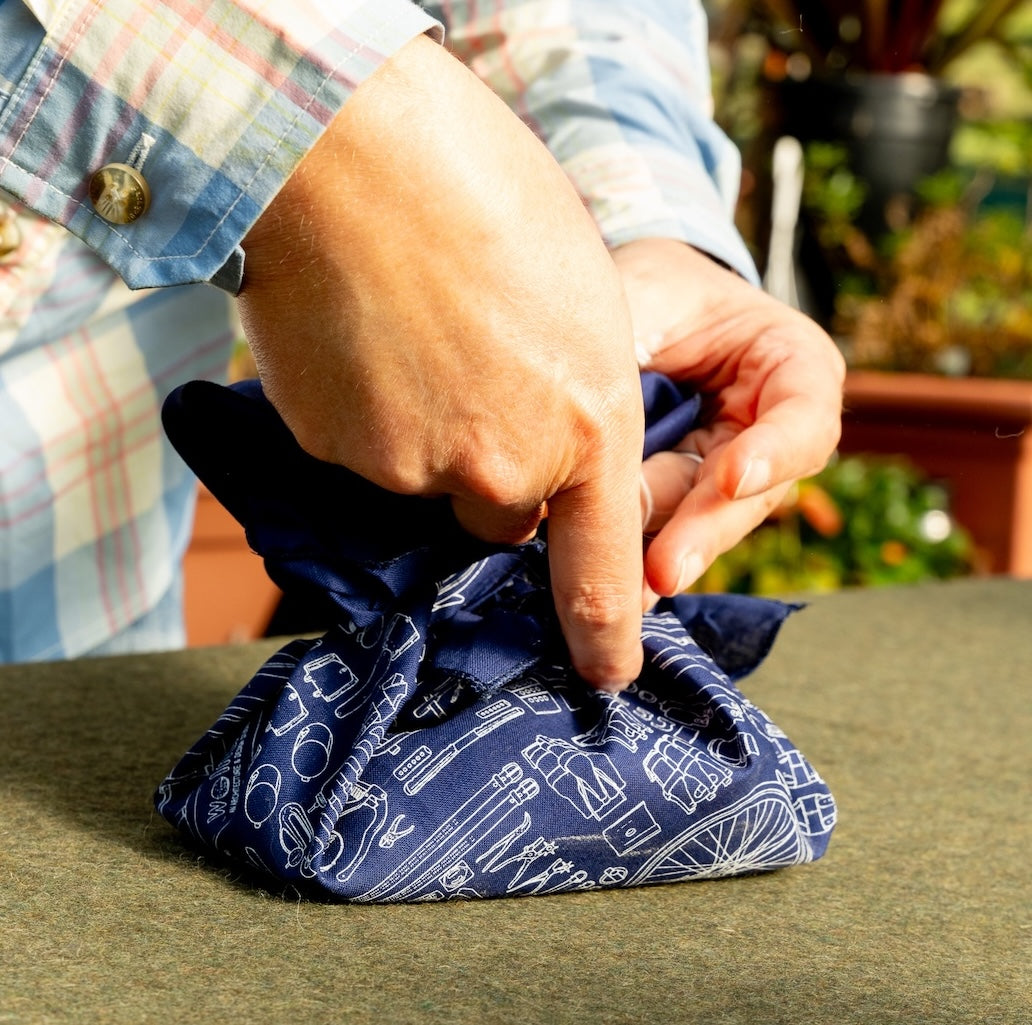









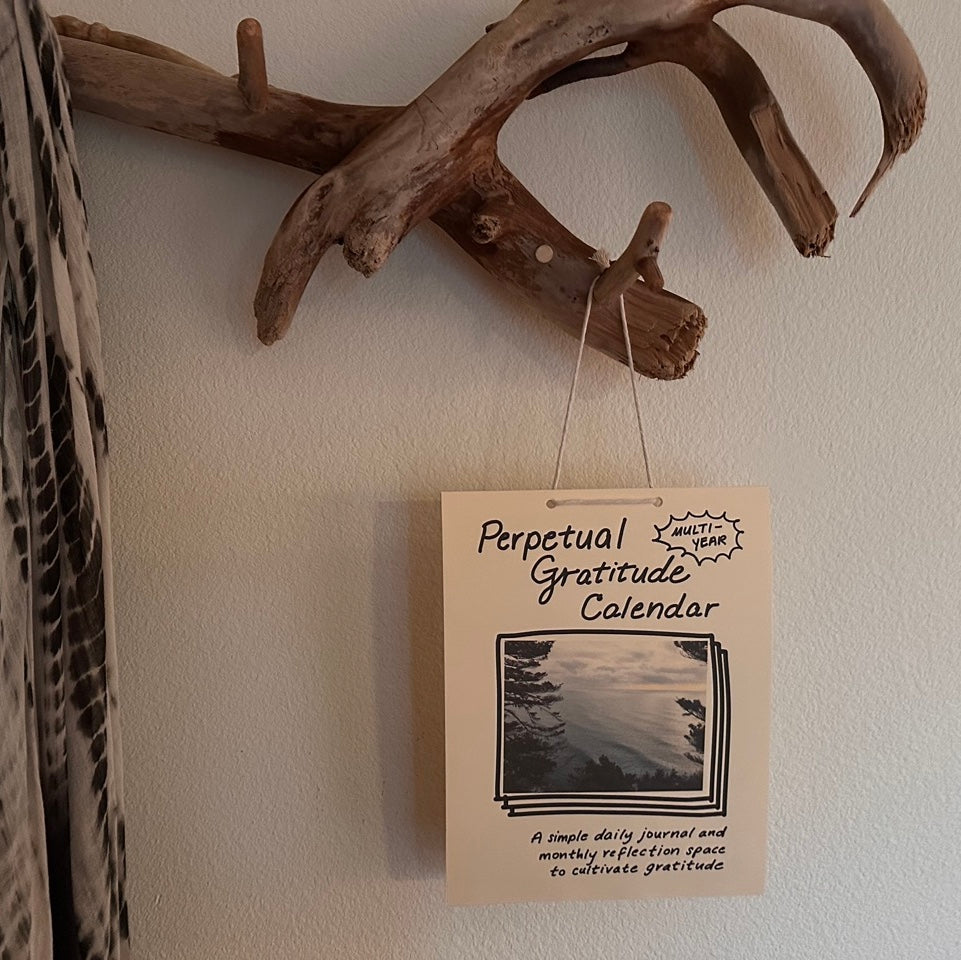
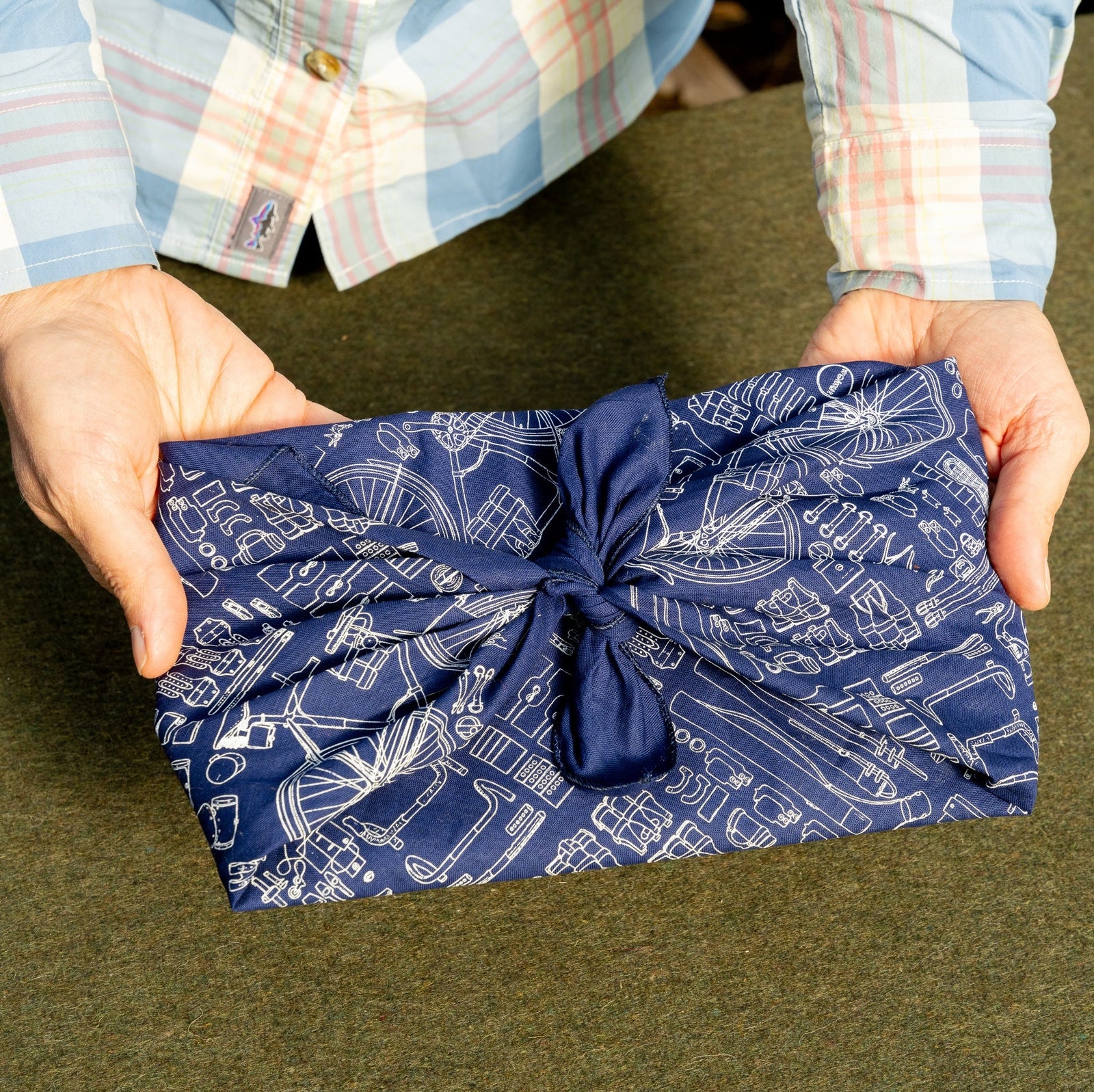

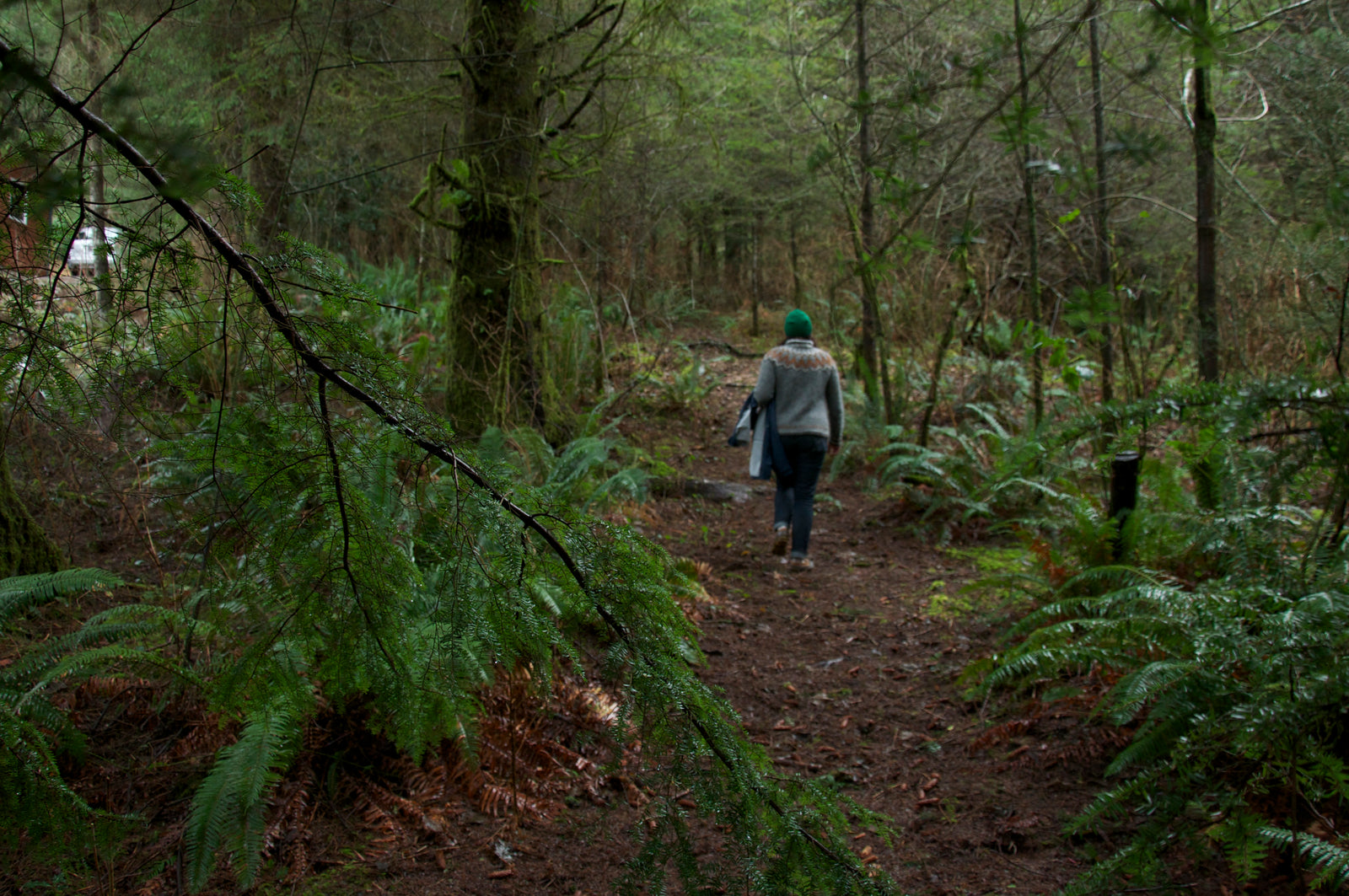
Walnut Studiolo
December 27, 2024
@Wanda – no, you may not add a later roll to a previous roll to increase the previous score, for example, increasing a 3-of-a-kind to a 4-of-a-kind later by rolling an additional “4”. The points are scored with each roll. Once you re-roll, the previous points scored are “locked in.” Great question, thanks for asking! -Valerie